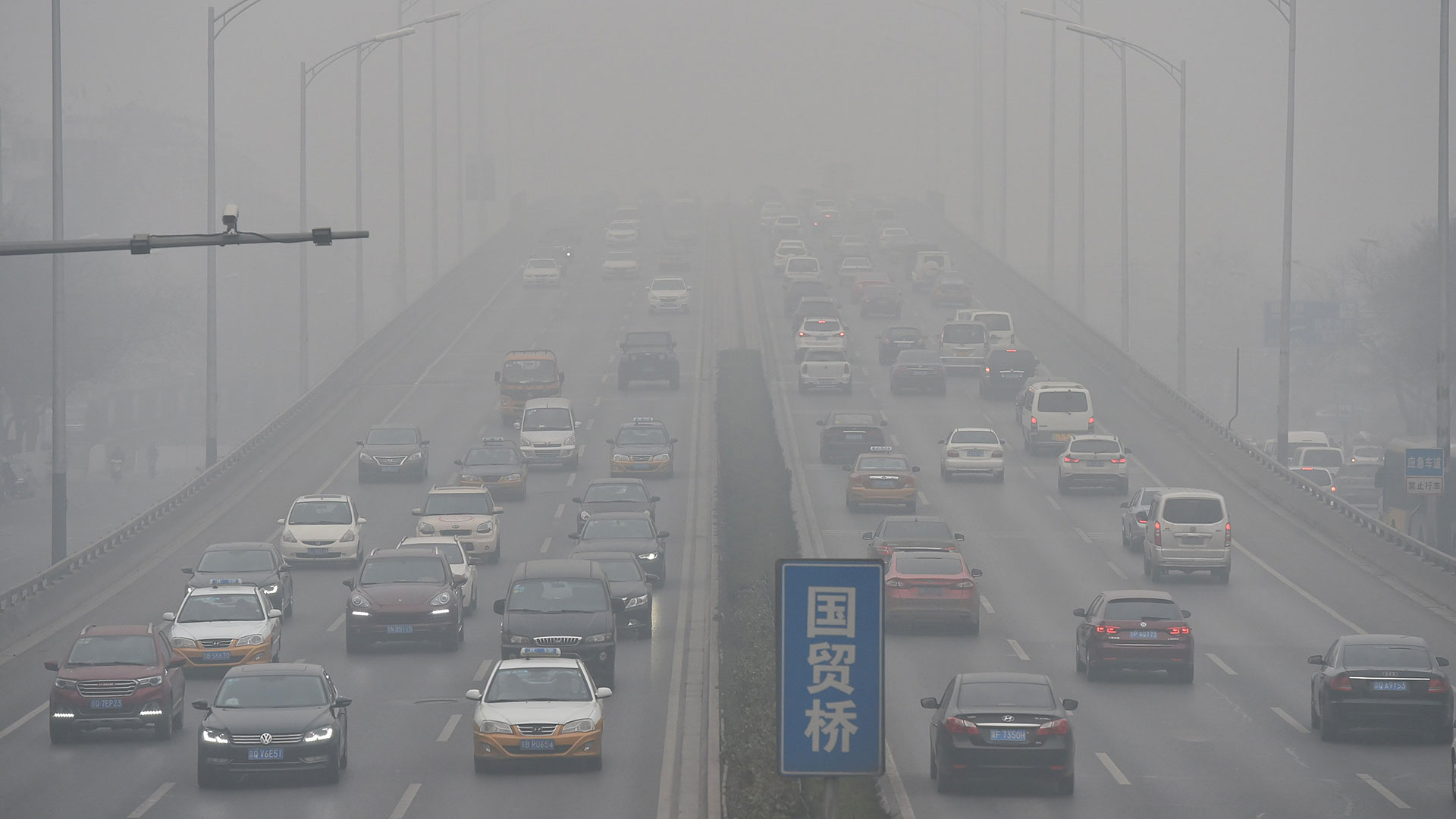

We all complain about the smell when an old Civic with a bad catalytic converter is poking along ahead of us, but we don’t realize how good we have it in the U.S. A reminder came on Dec. 7, as a Level Four (i.e., really bad) alert was issued by Beijing’s Municipal Environmental Protection Bureau due to heavy smog. In order for the M.E.P.B. to issue a red alert, the agency needs a forecast of particulate-matter levels reaching above 200 micrograms per cubic meter for over 72 hours.
Cue needle scratching across vinyl record. The World Health Organization deems 25 micrograms per cubic meter the tipping point where air goes from safe to soot. This is bad.
With particulate levels of 300 micrograms per meter expected to loom over Beijing for the next 72 hours, officials have closed schools, restricted factory activity and—most germane to you, The Drive reader—ordered half of Beijing’s vehicles off the road. Yes, literally millions of cars, trucks and trailers have been forced off of the Chinese capital’s various ring roads. This is, in a word, terrifying.
And yet, this isn’t the worst Beijing has seen. The city’s 22.5 million residents have been subject to upwards of 976 micrograms of particulate matter per cubic meter for a short burst of time—nearly 40 times the accepted amount. According to a study done by Nature magazine, 1.4 million people die prematurely from pollution inhalation in China each year.
After reading all this, we might not miss the exhaust note of a Viper so much after all.